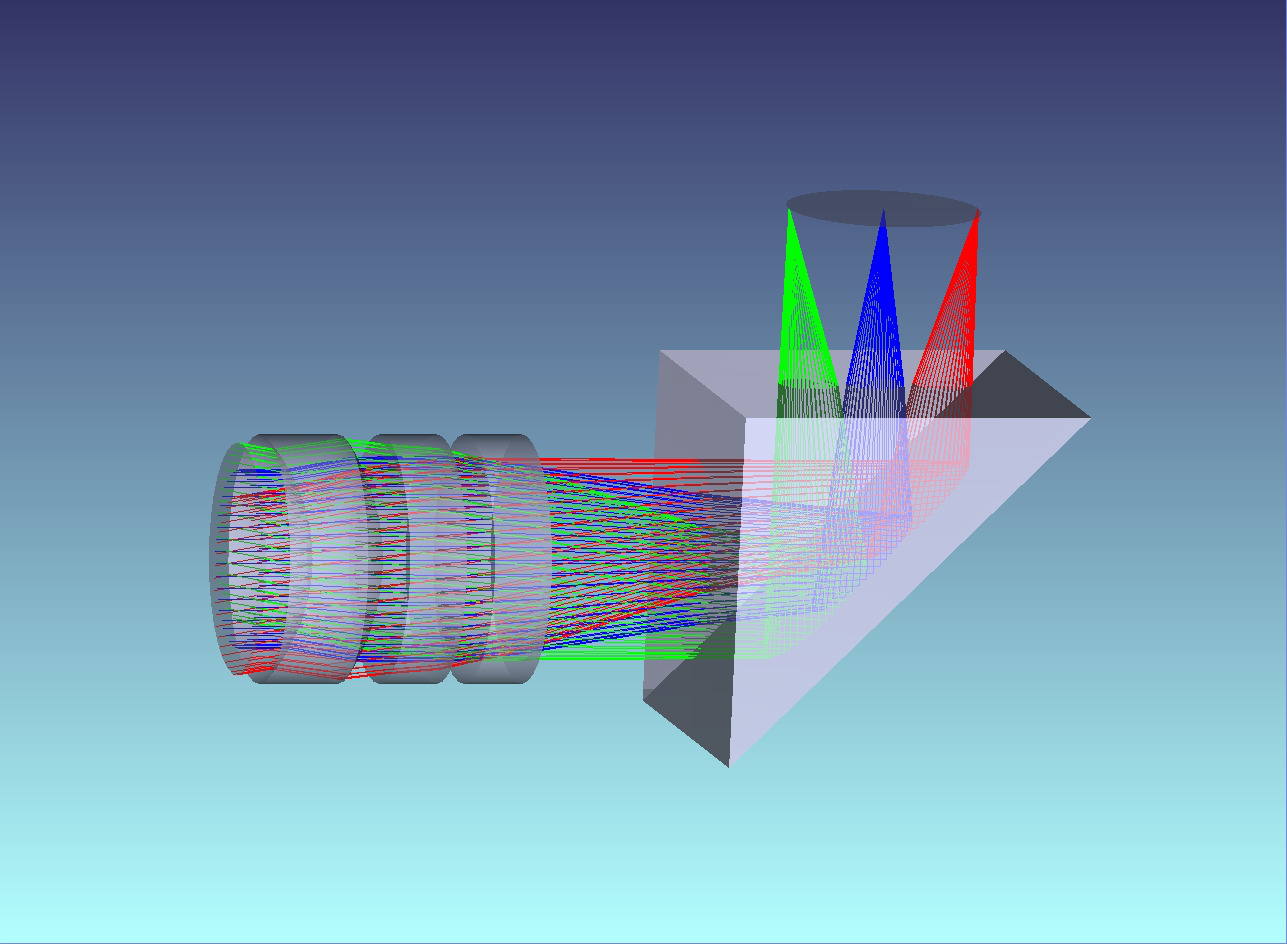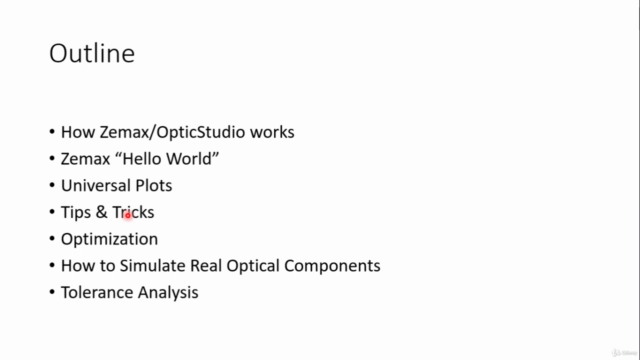

The universal plot below shows how the irradiance centroid on the detector changes with ray location. This can be illustrated by scanning a single ray across a detector. As a result, optimization is difficult, with discontinuous derivatives in the merit function occurring when a ray crosses the boundary into a new pixel. If the energy in a given ray is assigned to only one pixel, there is no quantitative difference when a system change causes the ray to shift anywhere within that pixel. In addition to the specific algorithm used, OpticStudio contains several features that significantly improve the optimization of NSC systems.Īs mentioned previously, NSC solution space tends be discontinuous due to the pixelated nature of detectors. It is very useful in optimization problems like illumination maximization, brightness enhancement, and uniformity optimization. For systems with inherently noisy merit functions, such as non-sequential systems, OD will usually outperform DLS optimization. The OD algorithm does not compute numerical derivatives of the merit function. Orthogonal Descent optimization uses an orthonormalization of the variables and discrete sampling of solution space to reduce the merit function. This makes optimization by gradient search techniques difficult. In the optimization of pure non-sequential systems however, DLS is less successful because detection is performed on pixelated detectors the merit function is inherently discontinuous and this can cause the gradient method to fail.īelow is a scan of the merit function of a NSC system as a function of just one variable.įor long regions of merit function space, there is no change in the merit function at all, and when change does come it is sudden and discontinuous. This gradient method has been developed specifically for optical system design and is recommended for all imaging and classical optical optimization problems. DLS uses numerically computed derivatives to determine a direction in solution space which produces a design with a lower merit function. There are two local optimization algorithms in OpticStudio: damped least squares (DLS) and orthogonal descent (OD). The type of criteria available differs between Sequential and Non-Sequential (NSC) modes.ĭamped least squares vs orthogonal descent This process will have a huge impact on the design so it is important to choose appropriate variables and criteria.

OpticStudio's optimization feature allows users to improve their design by setting system parameters variable and defining performance criteria in the Merit Function Editor. As an example, a free-form mirror is optimized to maximize the brightness of an LED from 23 Cd to >250 Cd in just a few steps.

This blog provides a recommended approach to the optimization of non-sequential optical systems. The methods are to use Pixel Interpolation, aggregate detector data (moment of illumination data) and the orthogonal descent optimizer.


 0 kommentar(er)
0 kommentar(er)
